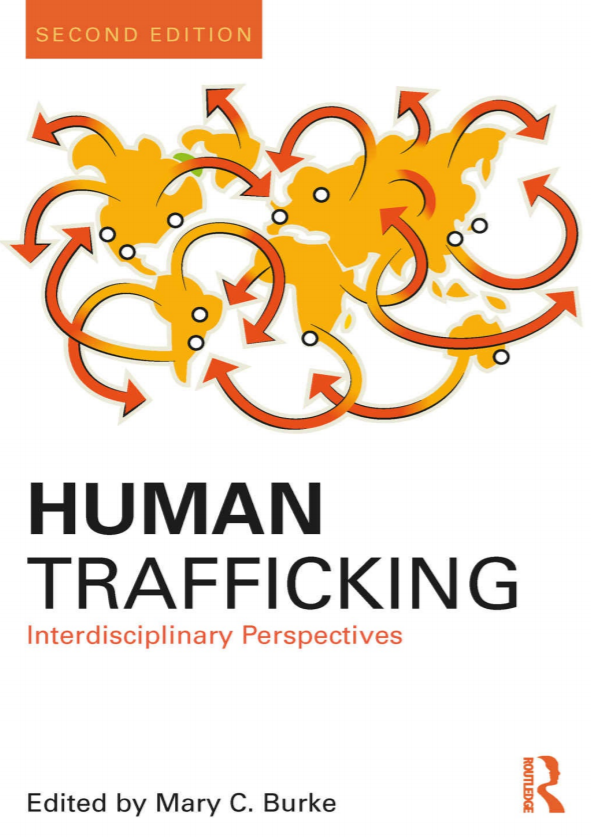Responding to Human Trafficking and Exploitation in Time of Crisis

This Issue Brief provides an introduction to the topic of trafficking in times of crisis—in the context of conflicts and natural disasters. It discusses frameworks and practices relevant to addressing trafficking in these situations and identifies gaps and challenges. Aspects particular to migrants are highlighted, acknowledging that this is an area that would benefit from dedicated research and analysis; while there is an emerging evidence-base, concerted and enhanced efforts are needed. The
suggestions and practices outlined in this Issue Brief seek to illuminate ways to better address the risks of trafficking before, during, and in the aftermath of crises, including for migrants.
Country
Worldwide
Region
Worldwide
Year
2016
Category








